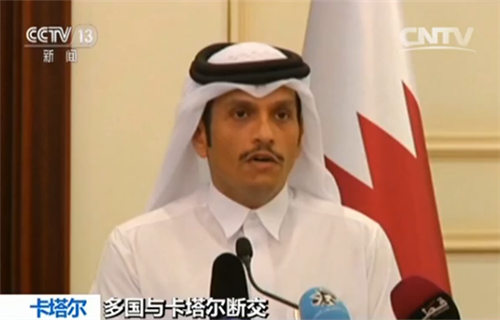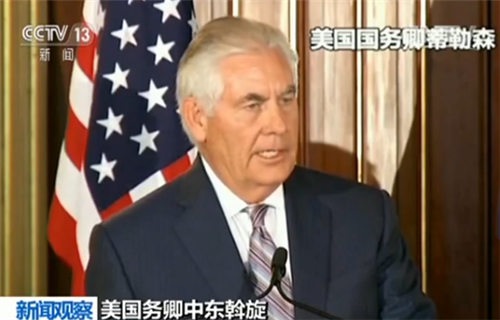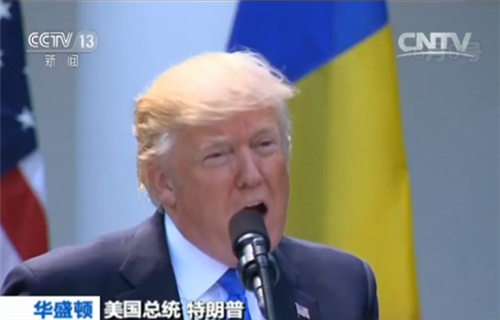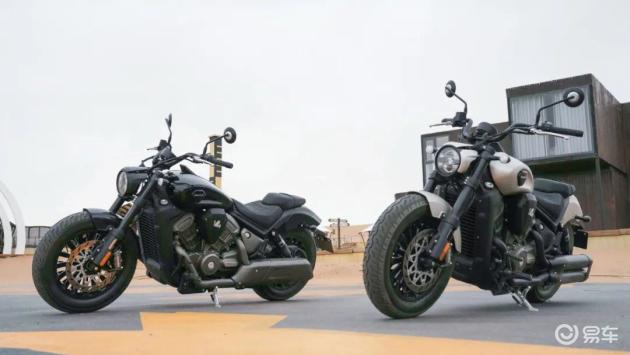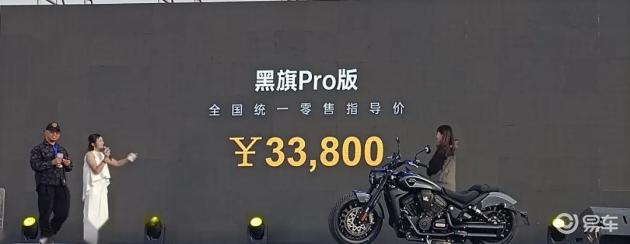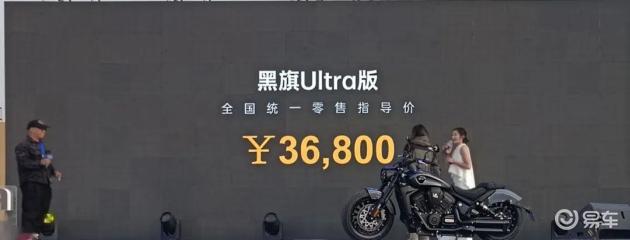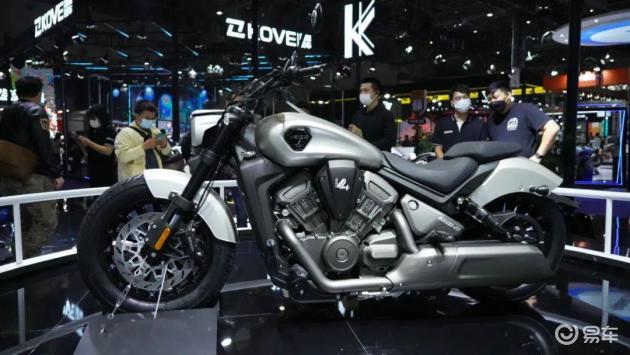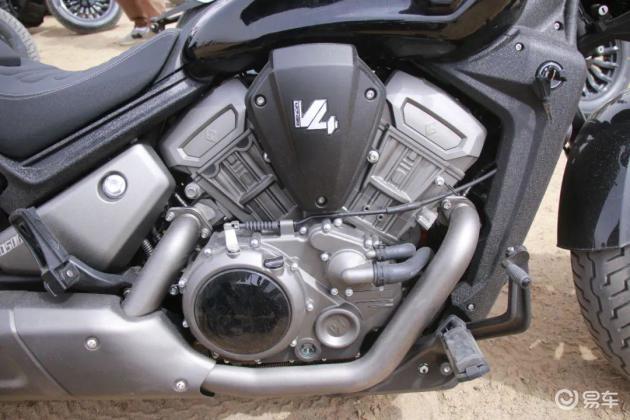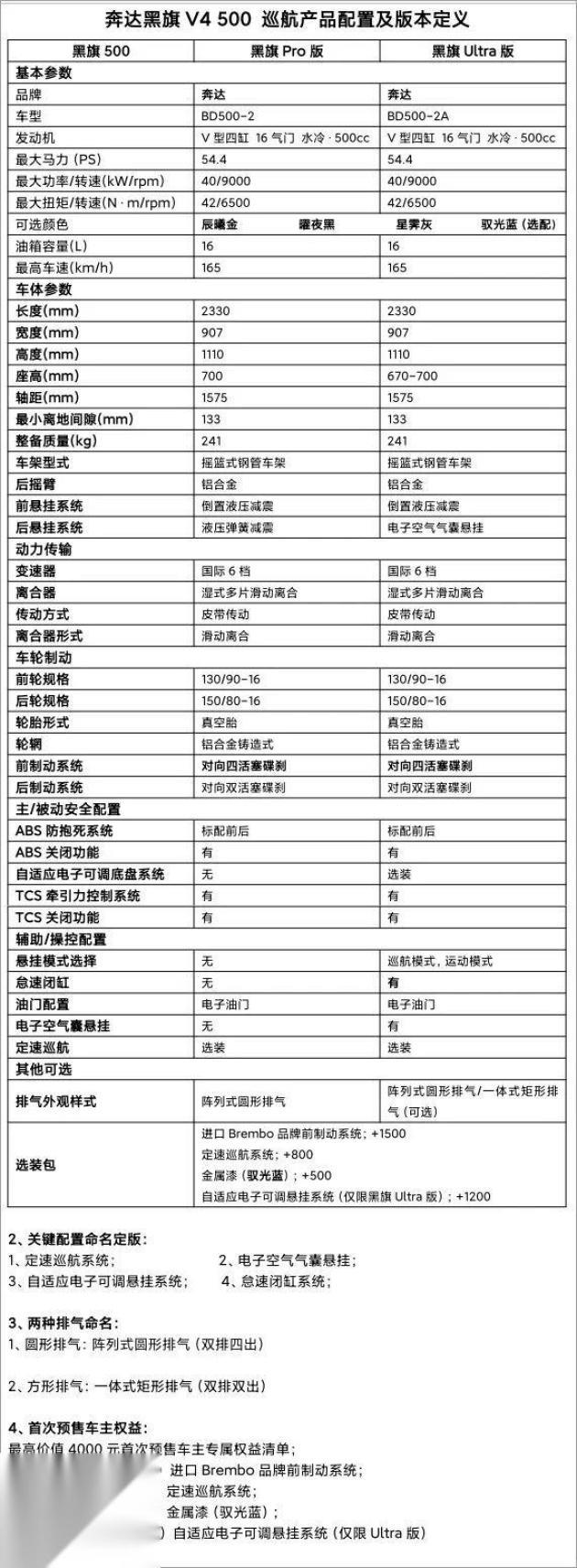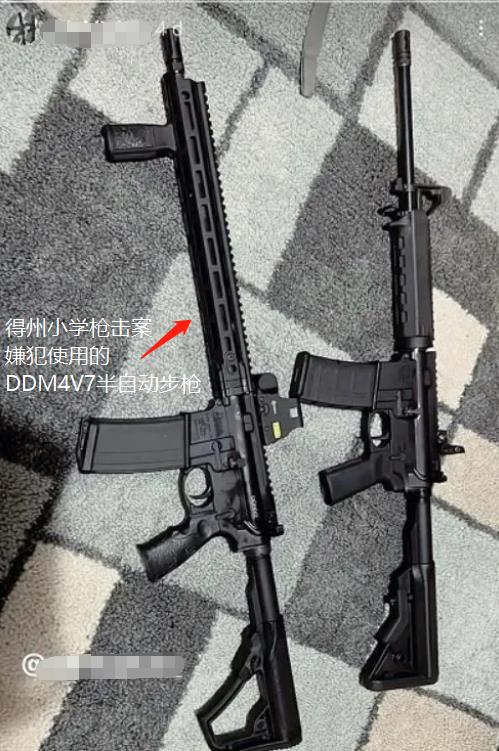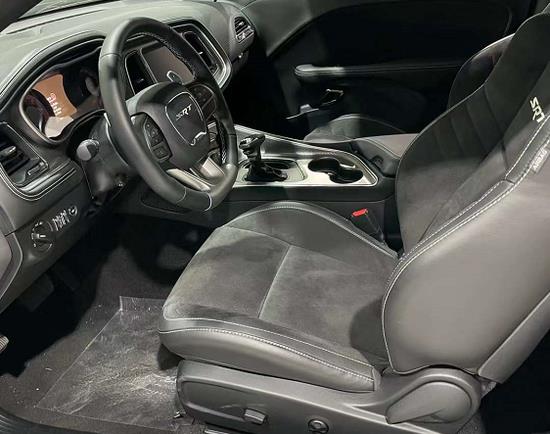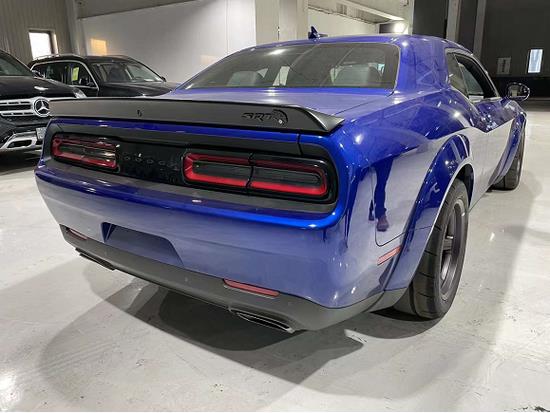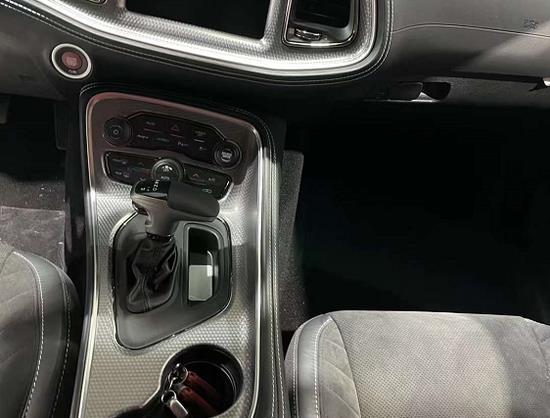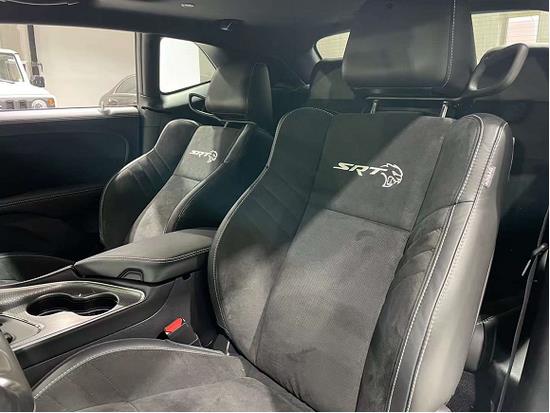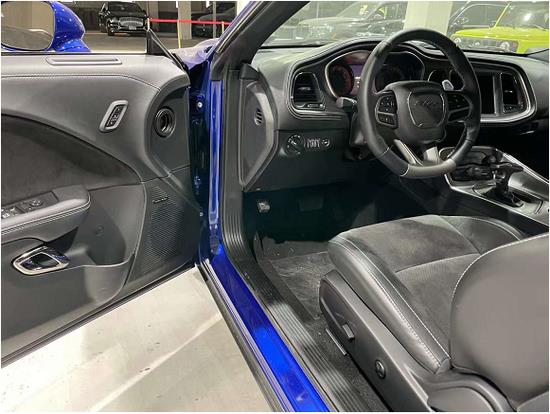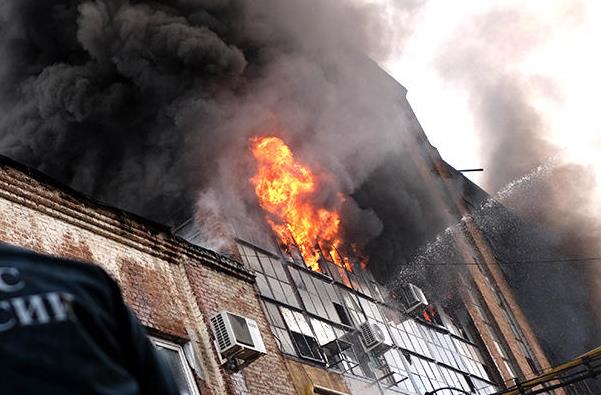Deputies discuss the development of non-public economy: moving away the "three big mountains"
Guangming Daily, Beijing, March 12th (Reporter Wang Simin) "Unswervingly adhere to China’s basic economic system and promote the healthy development of various ownership economies". In recent days, General Secretary of the Supreme Leader made an important speech on the non-public economy at the joint meeting of members of the Democratic National Construction Association and the Federation of Industry and Commerce at the fourth session of the 12th Chinese People’s Political Consultative Conference on March 4th afternoon, which boosted the hearts of the deputies. The deputies deeply felt that the General Secretary’s speech was like a "timely rain", which brought confidence and strength to China’s economic development under the new normal.
"Two unwavering" and "three unchanged" are the important policies first reiterated by the General Secretary in his speech. Member Zhou Wenzhang, former vice president of the National School of Administration, believes that this gives some people who hold extreme wrong views an unequivocal answer: any view that wants to unilaterally deny the non-public economy is not in line with the interests of the people and the law of development. Member Qian Yingyi, Dean of Tsinghua University Institute of Economics and Management, echoed it: This reaffirmation shows the consistent position of the CPC Central Committee on the non-public economy, responds to social concerns in a timely manner, and fully affirms the role of private enterprises in economic and social development.
"Some private entrepreneurs describe the current difficulties as ‘ Three big mountains ’ : the iceberg of the market, the mountain of financing, and the volcano of transformation. " General Secretary of the Supreme Leader vividly expressed the difficulties in the development of private enterprises. How to move away the "three mountains" and boost private enterprises to accelerate their progress? The deputies have combined their personal experiences and made suggestions. Zhang Minghua, deputy mayor of Ningbo, Zhejiang Province and vice chairman of Zhejiang Provincial Committee of Democratic National Construction Association, took Ningbo as an example to demonstrate the determination and exploration of local governments to support the development of private enterprises and create a good environment for them. In February 2016, Ningbo promulgated "Several Opinions on Further Reducing Enterprise Costs, Reducing Enterprise Burden and Promoting Steady Growth and Adjustment of the Real Economy", and 35 policies with high gold content and strong pertinence reduced fees and burdens for non-public enterprises in the city. After the implementation item by item, the Ningbo Municipal Government reduced the burden on enterprises by more than 20 billion yuan a year.
The new political and business relationship between "pro" and "clean" is another highlight in the important speech of the General Secretary. How to understand this definition? The deputies believe that the new relationship between politics and business is a unique expression of "gentleman culture" in the fields of "doing politics" and "doing business", which requires politicians and businessmen to abide by their own gentleman’s ways and Qi Xin to work together to develop the economy. In view of its specific implementation path, the deputies gave suggestions: adhering to the "pro" attitude, strictly adhering to the "clean" ethics, and relying on the rule of law and cultural norms to build a new type of political and business relationship.
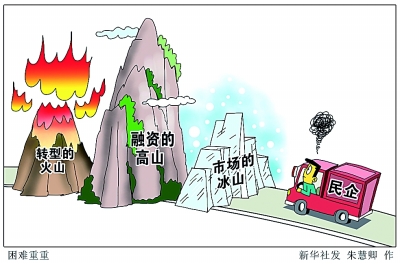

"Some private entrepreneurs describe the current difficulties as ‘ Three big mountains ’ : the iceberg of the market, the mountain of financing, and the volcano of transformation. " General Secretary of the Supreme Leader recently said at the joint meeting of members of the Democratic National Construction Association and the Federation of Industry and Commerce at the Fourth Session of the 12th National Committee of the Chinese People’s Political Consultative Conference. The general secretary stressed that all localities and departments should proceed from reality, refine and quantify policies and measures, formulate relevant supporting measures, and promote the implementation of various policies, so that private enterprises can truly enhance their sense of gain from policies.
General Secretary of the Supreme Leader emphasized "two unshakable", reiterated "three unchanged", and defined a new type of political and business relationship with the words "pro" and "clear", which was concise and profound. Facing the new economic normal, how to stimulate the new kinetic energy of the private economy? On behalf of the Committee members, they made suggestions and discussed development plans.
1. "Three unchanged" highlights the important position of private economy.
● Member Zhou Wenzhang (former vice president of National School of Administration)
"Two Unswervings" Reaffirm Policy Principles
The 16th National Congress of the Communist Party of China proposed "unswervingly consolidating and developing the public sector of the economy" and "unswervingly encouraging, supporting and guiding the development of the non-public sector of the economy". The 18th National Congress of the Communist Party of China further proposed "unswervingly encouraging, supporting and guiding the development of the non-public sector of the economy, and ensuring that all ownership economies use production factors equally according to law, participate in market competition fairly, and be equally protected by law". With the development of non-public economy, relevant theories and policies are becoming more and more perfect and systematic. In his speech, the General Secretary of the Supreme Leader reiterated important policy principles and gave some people who hold extreme wrong views an unequivocal answer: any view that wants to unilaterally deny the non-public economy is not in line with the interests of the people and the law of development. Therefore, we should unify our understanding of the non-public economy with the general secretary’s speech, get rid of the ideological entanglement between "public" and "private", and strengthen the policy principle of "two unshakable".
(Interview by our reporter Wang Simin)
● Member Cai Ling (Minister of Research Department of the Central Committee of Democratic National Construction Association)
"Three unchanged" makes private enterprises go into battle lightly.
In his important speech at the joint seminar, General Secretary of the Supreme Leader reiterated that "three things have not changed" — — The position and role of the non-public economy in China’s economic and social development have not changed. Our principles and policies of unswervingly encouraging, supporting and guiding the development of the non-public economy have not changed. Our principles and policies of creating a good environment and providing more opportunities for the development of the non-public economy have not changed. In my opinion, this "three unchanged" has a profound meaning. China’s non-public economy has developed under the guidance of the Communist Party of China (CPC)’s principles and policies since the reform and opening up, and it is a road opened up under the leadership of the Communist Party of China. When economic development enters a new normal, the role of non-public ownership economy in stabilizing growth, expanding employment and promoting innovation has become increasingly prominent. With the continuous development of the "double innovation" policy, the number of employees in the individual and private economy has grown steadily, and the non-public economy has shown a booming trend. In the next step, we should give greater support to the non-public economy in the fields of tax reduction, fee reduction and financing, make every effort to promote structural reform on the supply side, reduce the cost and burden of enterprises, and let more private enterprises go into battle lightly.
(Interview by our reporter Feng Lei)
● Member Zhang Minghua (Deputy Mayor of Ningbo City, Zhejiang Province, Vice Chairman of Zhejiang Provincial Committee of Democratic National Construction Association)
Non-public ownership economy has contributed greatly.
In his important speech, the General Secretary of the Supreme Leader reiterated the "three unchanged" about the non-public economy, which is very targeted. Under the new economic normal, with the changes of economic development stage and environment, the non-public economy has encountered new opportunities and challenges, and financing is difficult and expensive, and market access restrictions are more. Reiterating that the "three things have not changed" will root out the root cause and guide all sectors of society to further correctly understand the importance of the non-public economy. Considering the development of Ningbo to Zhejiang, the non-public economy has contributed to the economic and social development. The non-public economy is an important part of the market economy because of its flexible institutional mechanisms such as employing people and investing, high sensitivity to the market and strong adaptability to the market economy. In many provinces, autonomous regions and municipalities, the proportion of non-public economy has exceeded "half of the country". For example, in Zhejiang, the non-public economy has accounted for more than 70% of GDP, more than 60% of tax revenue, and about 90% of employment. It has become an important force to promote economic transformation and upgrading and promote the overall development of various social undertakings.
(Interview by our reporter Wang Simin)
● Member Qian Yingyi (Dean of Tsinghua University School of Economics and Management)
Relaxing access will usher in new opportunities for the non-public sector of the economy
"Two unwavering" and "three unchanged" show the consistent position of the CPC Central Committee on the non-public economy, respond to social concerns in a timely manner, and fully affirm the role of private enterprises in economic and social development. In his speech, the General Secretary of the Supreme Leader pointed out that "efforts should be made to liberalize market access, and all industries and fields that are not explicitly prohibited by laws and regulations should encourage private capital to enter, and all fields that the Chinese government has opened to foreign investment or promised to open should be opened to domestic private capital". This will bring new opportunities to the non-public economy, which is not only a reform measure to stimulate the vitality of the non-public economy, but also a long-term measure to promote supply-side growth. While the government is speeding up the decentralization of power, private enterprises should exert their subjective initiative and innovative spirit, correctly understand and actively adapt to the new normal, and strive for new actions, new promotion and new development under the new normal.
(Interview by our reporter Villi)
2. Promote policy implementation and boost development confidence
● Member Jiangnan (member of the Standing Committee of the All-China Federation of Industry and Commerce and chairman of Shengfeng Group)
Vigorously create an environment for innovation and entrepreneurship development.
Some private entrepreneurs describe the current difficulties as "three mountains": the iceberg of the market, the mountain of financing and the volcano of transformation. In his speech, the General Secretary of the Supreme Leader confronted the problem and prescribed the right medicine. In my opinion, the key to the next step is to activate the internal potential of private enterprises and vigorously create a development environment for innovation and entrepreneurship — — We will implement the existing preferential policies to encourage private enterprises to innovate, and vigorously promote scientific and technological investment and transformation of scientific and technological achievements. It is necessary to strengthen the cooperation between schools and enterprises, accelerate the construction of public technology platforms such as industrial research institutes, explore the development of mutual-aid enterprise alliances such as science and technology alliances and industrial alliances, build effective R&D systems and mechanisms, establish innovation support systems with private enterprises as the main body, and strive to cultivate the core competitiveness of enterprises. We should also strengthen cooperation among government, banks and enterprises, often introduce key technological transformation projects to financial institutions, build a platform for communication and cooperation, encourage social capital to enter the field of venture capital investment, support enterprises to independently build venture capital platforms, set up angel funds, and encourage industrial capital to enter the field of venture capital.
(Interview by our reporter Wang Simin)
● Representative Zhou Qiang (Director of Gansu Provincial Development and Reform Commission)
Break through the "middle obstruction" and "loosen the burden" for enterprises
In his important speech at the joint seminar, the General Secretary of the Supreme Leader stressed that it is necessary to further clean up and streamline the administrative examination and approval items and enterprise-related fees involving private investment management, standardize the behavior of intermediate links and intermediary organizations, reduce the burden on enterprises and reduce their costs. We must conscientiously implement it, put down all the approval items that should be released and can be released, get through the "middle obstruction" and "loosen the burden" for enterprises. Last year, we increased the power of decentralization in three aspects: approval and filing of enterprise investment projects, examination and approval of government investment projects, and management of price charges. In the next step, we will continue to improve the online approval and supervision platform for investment projects, make full use of technologies such as the Internet and big data, realize online processing, vertical and horizontal linkage, collaborative service and legal supervision for the approval and supervision of investment projects among various departments, and continuously improve the performance ability and service level of grassroots development and reform departments.
(Interview by our reporter Feng Lei)
● Member Wang Wenbiao (member of the Standing Committee of Chinese People’s Political Consultative Conference, vice president of China Civil Chamber of Commerce, chairman of Yili Resources Group Co., Ltd.)
Provide policy support for private enterprises to join the ecological industry.
"Promote the implementation, refinement and implementation of various policies, so that private enterprises can truly enhance their sense of gain from policies", which is a particularly inspiring sentence in the important speech of the Supreme Leader General Secretary on the non-public economy. The General Secretary of the Supreme Leader clearly pointed out that it is very pragmatic and targeted to make great efforts to solve the financing difficulties of small and medium-sized enterprises and liberalize market access. Yili will accelerate the transformation and upgrading, so that the development of enterprises has confidence, quality and stamina. At the same time, we also hope that private enterprises can get more policy support to participate in eco-industry: first, in the financing of small and medium-sized enterprises, we should provide green credit loans and green bonds with a term of not less than 30 years and government discount or interest of not more than 2% to encourage more enterprises and private capital to actively participate in industrialized ecological poverty alleviation; The second is to support enterprises to participate in the ecological restoration, land restoration and desertification control projects implemented by the government through the government-social capital cooperation (PPP) model; The third is to formulate the implementation rules for private enterprises to participate in the "Belt and Road", so that they can complement the advantages of state-owned enterprises and jointly promote the construction of the "Belt and Road".
(Interview by our reporter Wang Simin)
● Representative Ma Huateng (Chairman of the Board of Directors of Tencent)
Innovation and cooperation to enhance competitiveness
General Secretary Supreme Leader’s important speech on the development of China’s non-public economy is a very timely and powerful signal for private enterprises, which gives us great encouragement and confidence. General Secretary Supreme Leader’s speech is rich in information, which not only clearly and powerfully conveys the attitude and direction of vigorously developing the non-public economy, but also accurately and meticulously combs the problems and dilemmas faced by the development of private enterprises at present, and at the same time, points out the measures to break through the predicament, effectively support and promote the faster development of private enterprises. At present, China is facing a complicated international situation and arduous domestic reform, development and stability tasks. The integration of Internet industry and other fields is getting stronger and the competition is extremely fierce. Private enterprises need more innovations in technology, products and services, constantly improve their competitiveness, and at the same time strengthen inter-industry or cross-border cooperation to contribute to the growth of the national economy and stimulate development vitality.
(Interview by our reporter Yang Jun)
● Representative Lei Jun (Chairman of Xiaomi Company)
Break the policy shackles of entrepreneurial innovation
In his speech, the General Secretary of the Supreme Leader pointed out that "the administrative examination and approval items and enterprise-related fees involving private investment management should be further cleaned up and streamlined" and "the burden on enterprises should be reduced", which made private entrepreneurs very excited. Since the 18th National Congress of the Communist Party of China, the state has implemented a series of policies and measures to simplify administration and decentralize power and optimize services. For example, the reform of the commercial system has played a significant role in reducing enterprise costs and improving the environment for entrepreneurial innovation. In the next step, we look forward to further simplifying the examination and approval process and improving the system to support mass entrepreneurship. For example, some procedural requirements set by company law often become obstacles to shareholders’ free agreement. The company law should return to the principle of "free agreement", accept the contribution of human capital, and solve the limitation of the equity ratio agreement between shareholders; Solve the limitation of program setting in shareholders’ free agreement, fully implement preferred shares and increase the space for shareholders’ free agreement. At the same time, the industrial and commercial filing system of the company’s articles of association will be implemented to improve the entrepreneurial innovation environment and promote mass entrepreneurship and innovation. With the support of modern information technologies such as mobile Internet and cloud computing, China’s economic development will surely reach a new level by deeply implementing the innovation-driven development strategy, breaking all kinds of constraints on individual and enterprise innovation and forming a new situation of "double innovation".
(Interview by our reporter Yang Jun)
● Member Yan Bingzhu (Chairman of Bank of Beijing)
Developing small and medium-sized banks to solve the financing difficulties of small and micro enterprises
Economy determines finance, and finance serves economy. At present, the development of small and medium-sized banks in China is still insufficient. In some underdeveloped economic regions, the financial supply is still far from enough, and the financial support for small and micro enterprises and other weak economic links is far from enough, which can not effectively meet the requirements of the times of "mass entrepreneurship and innovation". It is suggested to further increase support for the development of small and medium-sized banks during the "Thirteenth Five-Year Plan" period. For example, explore and optimize the classified supervision of banks, innovate and improve the dynamic supervision mode with asset size, capital strength, management ability, supervision rating and business complexity as the main criteria, so that all kinds of banks have the opportunity to "shine". This is also conducive to the banking industry to break the homogenization competition and achieve differentiated and characteristic development. At the same time, it is suggested that small and medium-sized banks actively adapt to the trend of economic restructuring and financial development, fully stimulate the deep potential and infinite vitality of small and medium-sized finance, and help supply-side structural reform.
(Interview by our reporter Villi)
● Representative You Xiaoping (Chairman of the Board of Directors of Huafeng Group)
Let enterprises invest more profits in technological transformation and R&D.
General Secretary Supreme Leader’s important speech on the non-public economy has strengthened our confidence. Providing more opportunities for private enterprises and creating a good development environment will help "mass entrepreneurship and innovation" and cultivate and expand the "new kinetic energy" of private enterprises. Difficult and expensive financing is the biggest bottleneck for the development of private enterprises, especially small and medium-sized enterprises. The purpose of financial reform is to build a bridge for a large number of private capital and small and medium-sized enterprises in the real economy Private capital is a flowing river, which can water small and medium-sized enterprises. For example, although Zhejiang has great potential for economic development, it also has shortcomings, such as the industrial structure is still not reasonable. I expect the relevant government departments to study and formulate more breakthrough, innovative and effective policies, further reduce the financing costs of enterprises, and let enterprises invest more profits in technological transformation and research and development, so as to realize the promotion from "Made in China" to "Created in China".
(Interview by our reporter Guo Chao)
3. Define "the relationship between government and business" and highlight the connotation of "closeness" and "purity"
● Representative Yang Herong (Party Secretary and Director of Guangxi Statistics Bureau)
Adhering to the attitude of "pro" and strictly adhering to the ethics of "purity"
General Secretary of the Supreme Leader expounded the contemporary new political and business relations with the words "pro" and "clean", clarified the rules and ethics that must be followed in the economy ruled by law, and embodied the firm determination and confidence of the CPC Central Committee in correctly handling political and business relations and fully mobilizing the enthusiasm of all aspects of the society. "Pro" reflects the clear attitude of the CPC Central Committee to fully mobilize the enthusiasm of non-public economic people and give full play to the role of private enterprises; "Qing" embodies the strict requirements of the CPC Central Committee for leading cadres at all levels in terms of political discipline and rules. In real life, we should adhere to the "pro" attitude, strictly adhere to the "clean" ethics, and strive to internalize the two in our hearts and externalize them in our actions, thus forming a political and business relationship that is "as deep as fish and water, as calm as chrysanthemum". The word "pro" and "clear" is a vivid interpretation and image generalization of the relationship between government and business under the new historical conditions, which embodies the best state and internal relationship between them.
(Interview by our reporter Zhou Shixing)
● Member Xu Guanju (Vice Chairman of the All-China Federation of Industry and Commerce and Chairman of Chuanhua Group)
New political and business relationship eliminates enterprise concerns
In his speech, the General Secretary of the Supreme Leader clearly expounded the new political and business relations, and eliminated all concerns of entrepreneurs in exchanges with government officials and leading cadres. "Pro" means actively communicating with party committees, governments and departments at all levels, telling the truth, telling the truth, making suggestions and enthusiastically supporting local development. "Clean" means to lead an honest and clean life, take the right path, and do business in a law-abiding and aboveboard manner.
I feel that running enterprises according to laws and regulations, being honest and doing things cleanly are the foundation of the development of private economy. We should further fulfill our corporate social responsibilities, get rich and think about the source, actively participate in national strategies such as poverty alleviation, and strive to be a model of "patriotism, dedication, law-abiding management, entrepreneurship and innovation, and returning to society".
(Interview by our reporter Yang Jun)
● Member Chen Shiqiang (Chairman of Henan Hongchang Group)
Building a new political and business relationship depends on the rule of law.
General Secretary of the Supreme Leader used the words "pro" and "clean" to define the new political and business relationship, which is very incisive. The "affinity" between politics and business lies in being honest and cooperating closely in order to promote the common goal of reform and economic development. This kind of "pro-"should be sincere and mutual assistance. Especially when entrepreneurs feel the downward pressure of the economy and encounter difficulties in operation today, it is especially necessary for government officials to "act positively and serve first", treat entrepreneurs with the heart of treating their loved ones and support the development of enterprises. At the same time, this kind of "pro" also has a boundary, and this boundary is "Qing".
To be "clean", it is necessary to strengthen public interests and eliminate selfishness. The government supports enterprises to be clean and aboveboard, and enterprises must abide by the law and discipline and abide by the right path when treating officials. To build a new relationship between politics and business, we must rely on the power of the rule of law to internalize the "purity" of politics and business, and form a spontaneous and strong cultural pursuit.
(Interview by our reporter Yang Jun)
